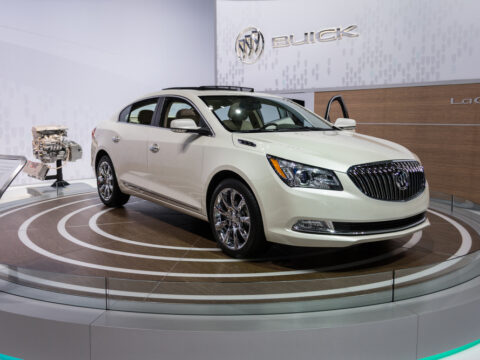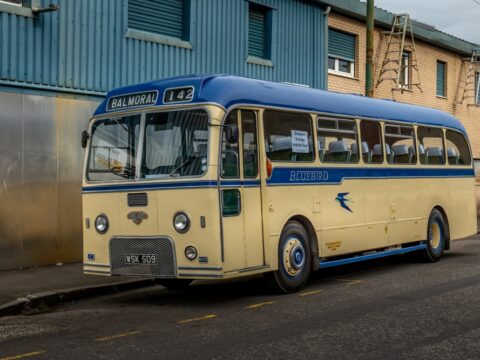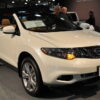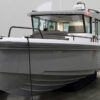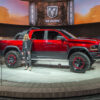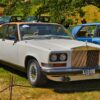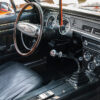Not every luxury car gets its moment in the sun. While some classic models became icons, others never quite took off, despite their craftsmanship and elegance. In this list, we’ll explore 25 vintage luxury cars that, for one reason or another, missed the spotlight and slipped into obscurity.
Contents
Cadillac Allanté (1987–1993)
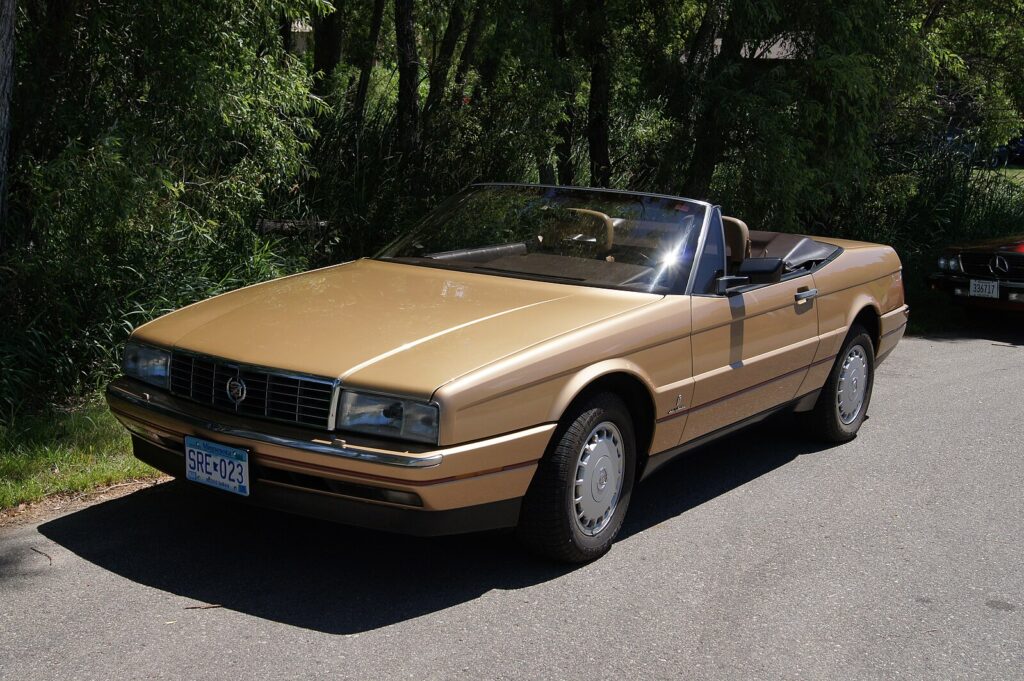
The Cadillac Allanté was an ambitious project meant to compete with European luxury roadsters. Featuring a body designed and manufactured by Italian coachbuilder Pininfarina, the car was flown from Italy to the U.S. for assembly. Despite its sleek design and high-end features, including a 4.1L V8 engine, the Allanté struggled due to high production costs and a lackluster performance compared to its rivals.
Aston Martin Lagonda (1976–1990)
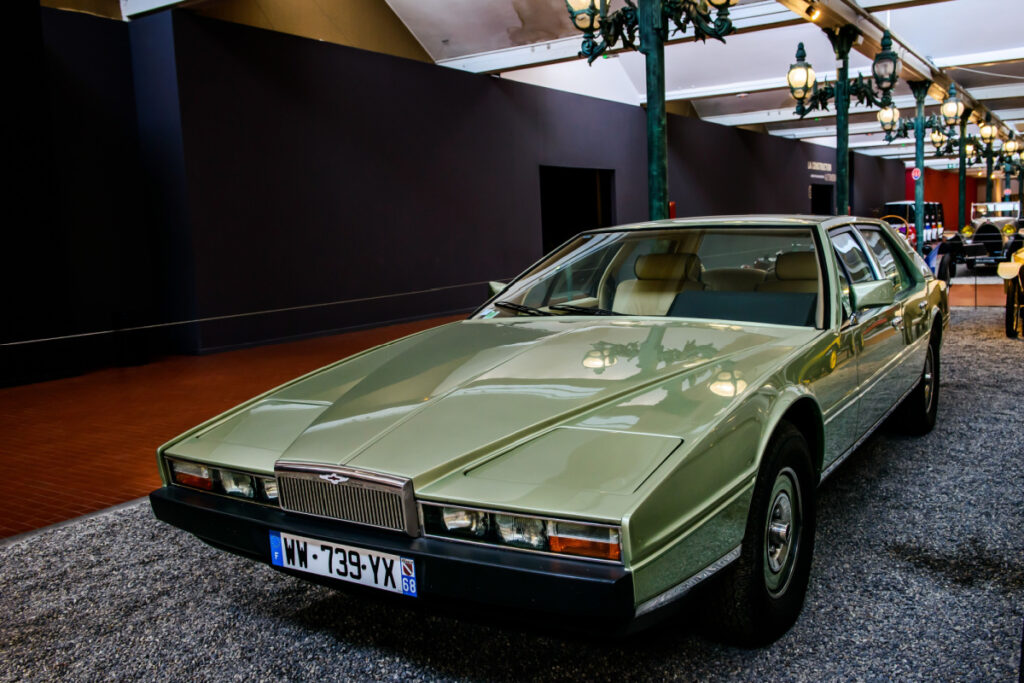
With its futuristic design and cutting-edge digital dashboard, the Aston Martin Lagonda was a bold attempt to stand out in the luxury sedan market. However, its unusual wedge shape and frequent technical issues with the electronics deterred buyers. The car’s exclusivity and high price tag, along with its avant-garde design, made it a hard sell for most luxury car buyers of the era.
Chrysler TC by Maserati (1989–1991)
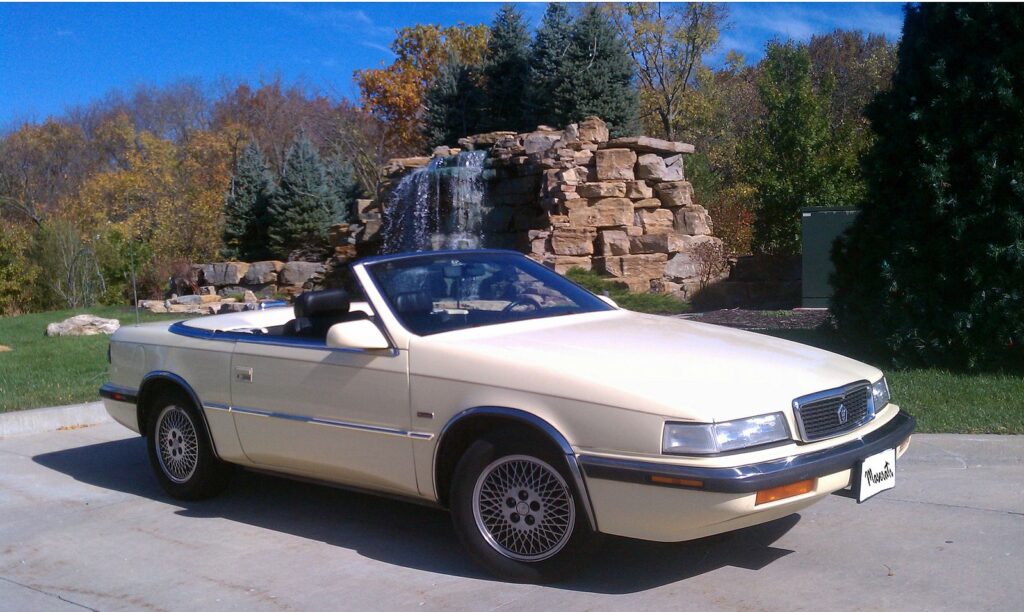
The Chrysler TC by Maserati was a collaborative effort between Chrysler and Maserati, aimed at creating a luxury roadster. While the car came with a turbocharged engine and a plush interior, it was often compared unfavorably to the Chrysler LeBaron, which shared many similarities but came at a lower price. This, combined with unclear market positioning, led to disappointing sales.
Jaguar XJ-S (1975–1996)
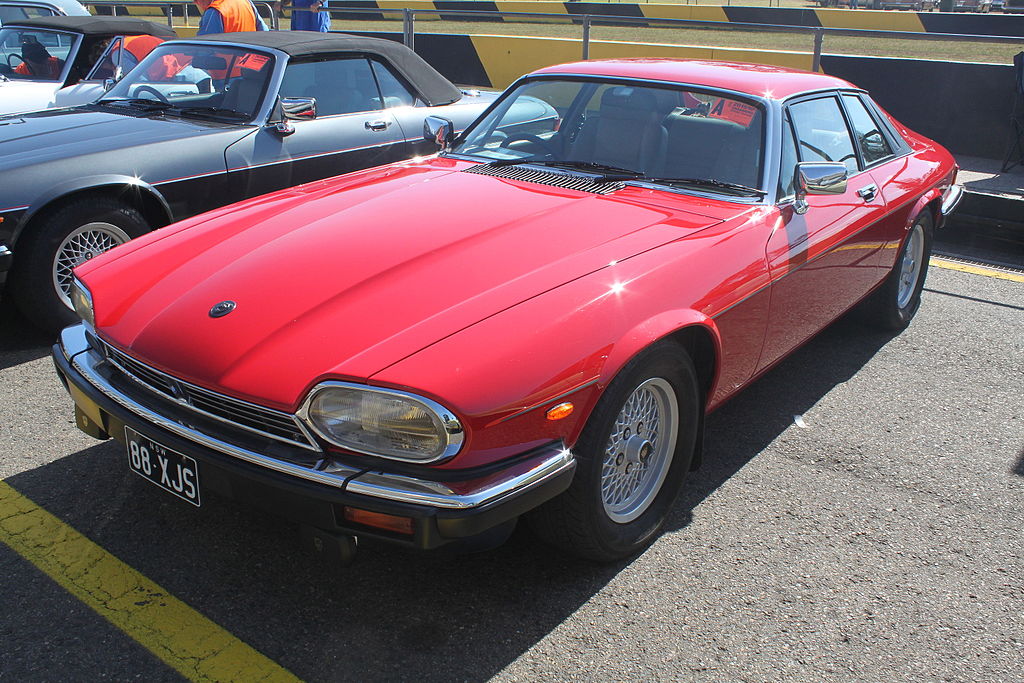
The Jaguar XJ-S was intended to succeed the iconic E-Type, but its design, which favored comfort over the sleek sportiness of its predecessor, left some enthusiasts disappointed. Although it featured a powerful V12 engine and luxurious interior, it was often seen as too heavy and less nimble, contributing to its struggle for mainstream success.
Lincoln Continental Mark VII (1984–1992)
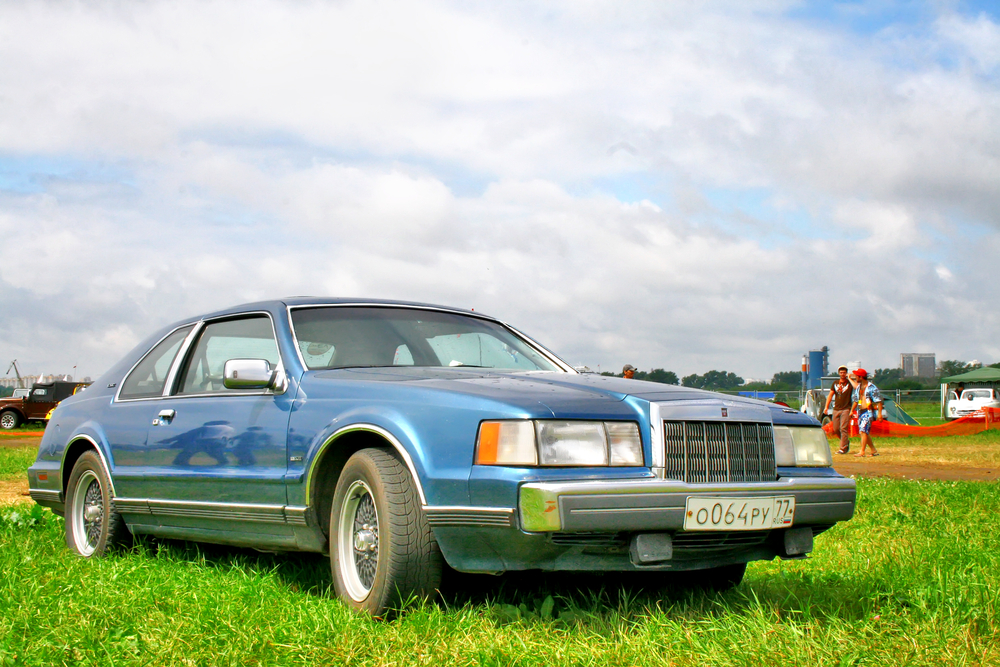
The Lincoln Continental Mark VII was a luxurious, feature-packed grand tourer with advanced options like air suspension and anti-lock brakes. Despite its high level of comfort and technological advancements, it didn’t resonate with younger buyers due to its conservative design and Lincoln’s image as a brand for older drivers.
Bristol 411 (1969–1976)
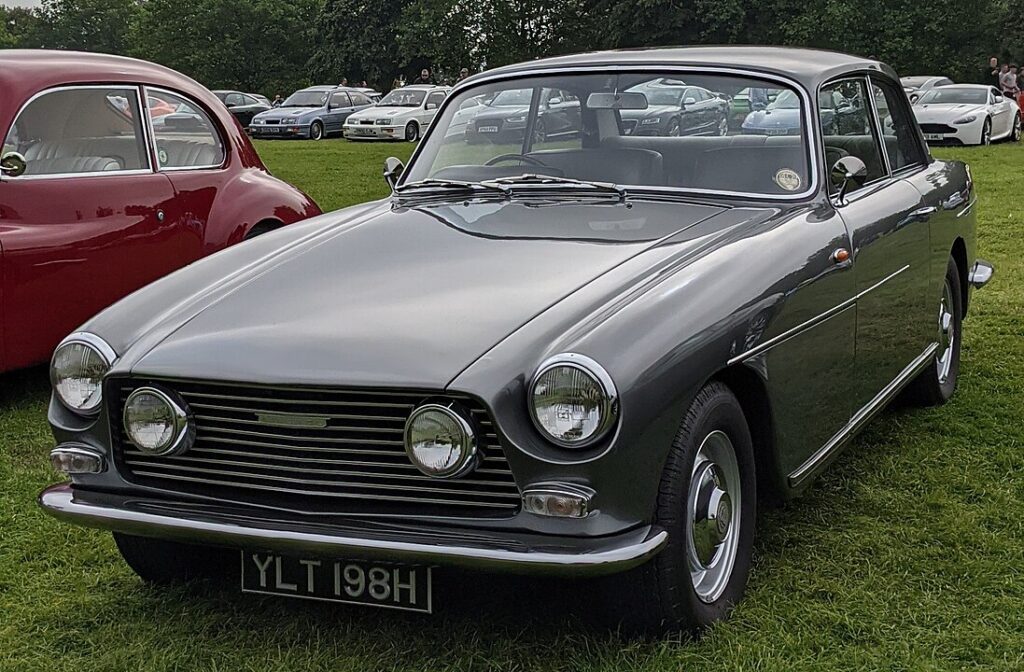
The Bristol 411 was a hand-built British luxury car known for its refined craftsmanship and a Chrysler-sourced V8 engine. While it delivered strong performance and a plush ride, its understated design and exclusivity meant it never caught on with a wider audience, remaining largely a car for British aristocracy and dedicated enthusiasts.
Buick Reatta (1988–1991)
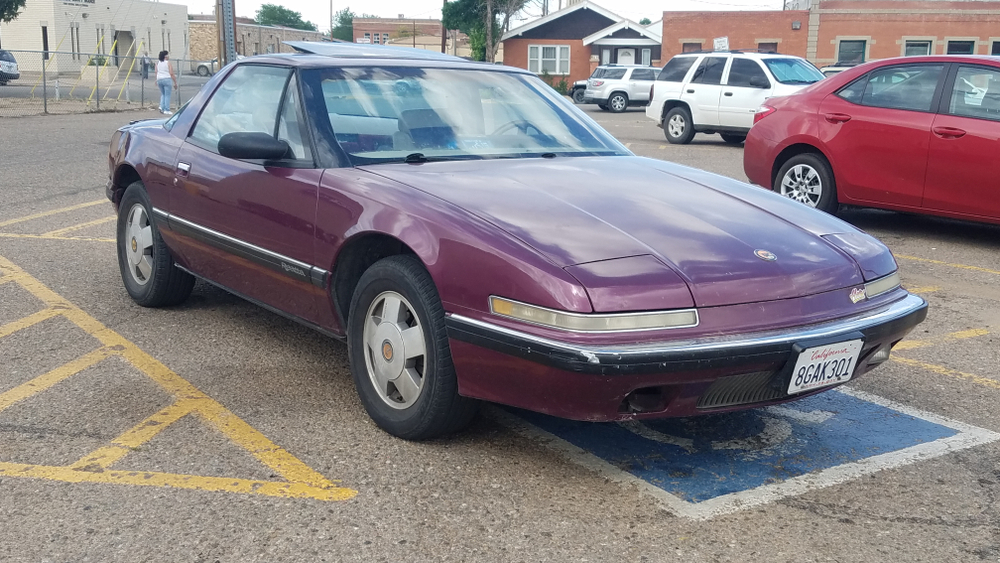
Buick’s two-seater Reatta was a quirky mix of sporty handling and luxury features, including a touchscreen interface that was ahead of its time. However, its odd styling, high price tag, and lack of a powerful engine kept it from finding a large following. Many felt it was more of a novelty than a serious contender in the luxury market.
De Tomaso Deauville (1971–1985)
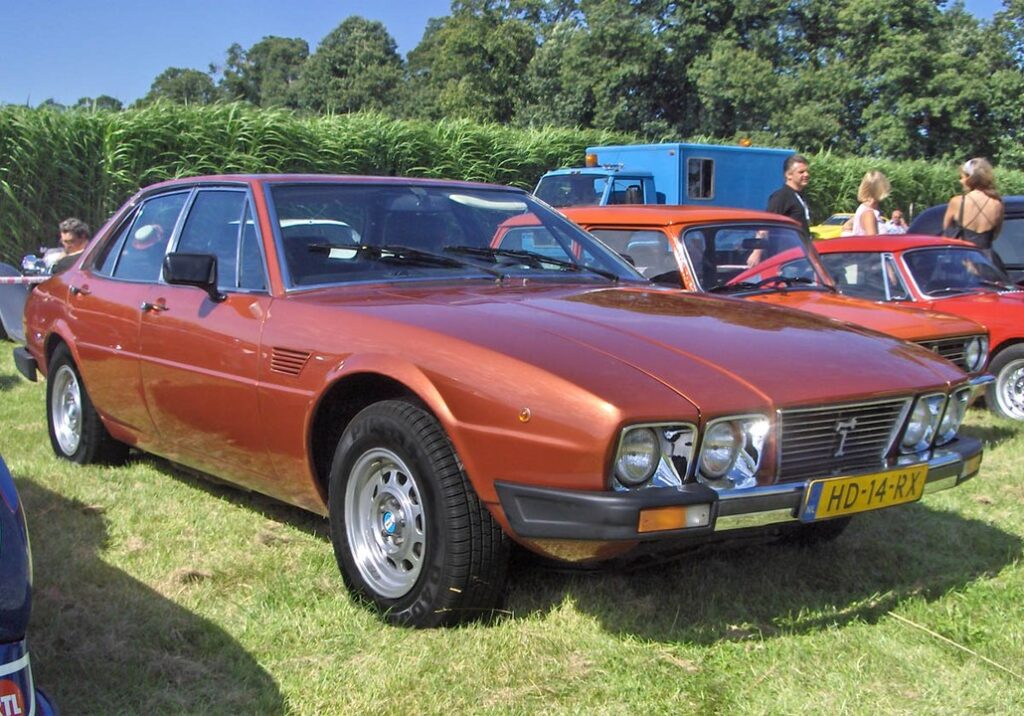
The De Tomaso Deauville was an Italian luxury sedan that aimed to rival the likes of Jaguar and Mercedes-Benz. Equipped with a Ford V8 engine, it boasted impressive power, but its styling was too conventional for the Italian market, and quality control issues plagued the model, resulting in low sales.
Rolls-Royce Camargue (1975–1986)
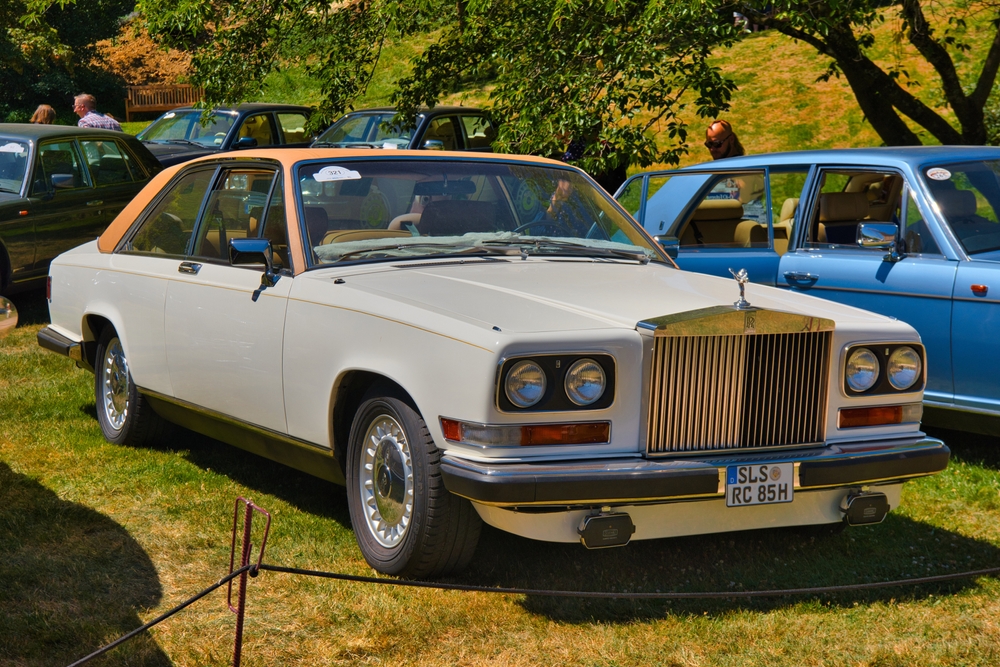
Designed by Pininfarina, the Rolls-Royce Camargue was a departure from the brand’s traditional design language, featuring a bold, angular shape. Its high price and unconventional look made it one of Rolls-Royce’s least popular models, with only 531 units produced over 11 years.
Imperial Crown Coupe (1957–1966)
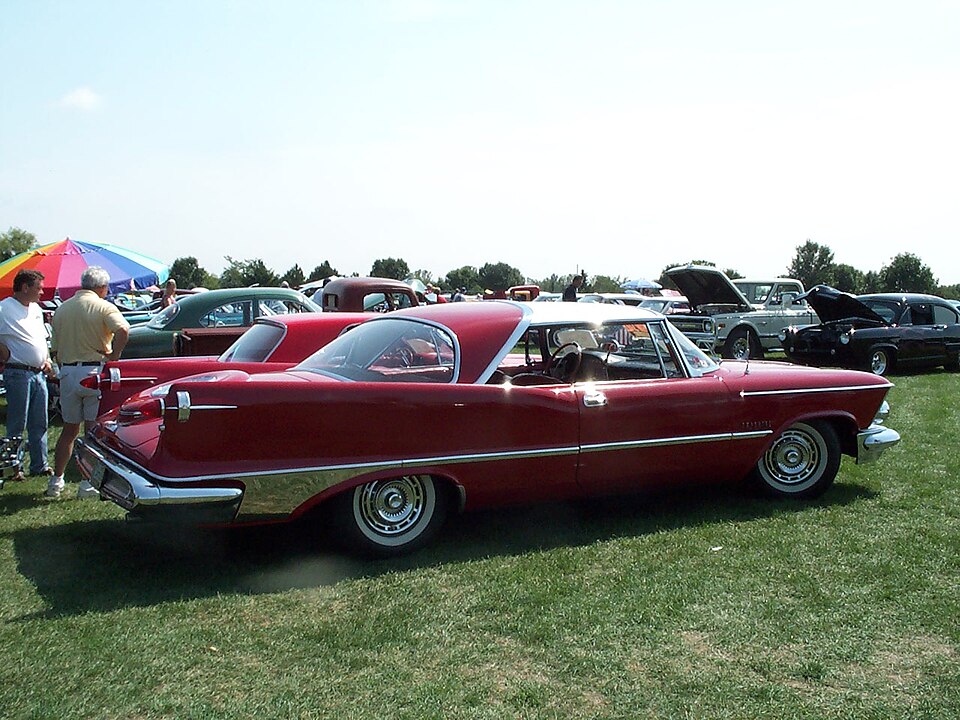
The Imperial Crown Coupe was Chrysler’s attempt to compete with Cadillac and Lincoln in the luxury market. Despite its sleek design and advanced features, including power windows and air conditioning, the Imperial struggled with brand identity and was often seen as a distant third in the American luxury car hierarchy.
Facel Vega Excellence (1958–1964)
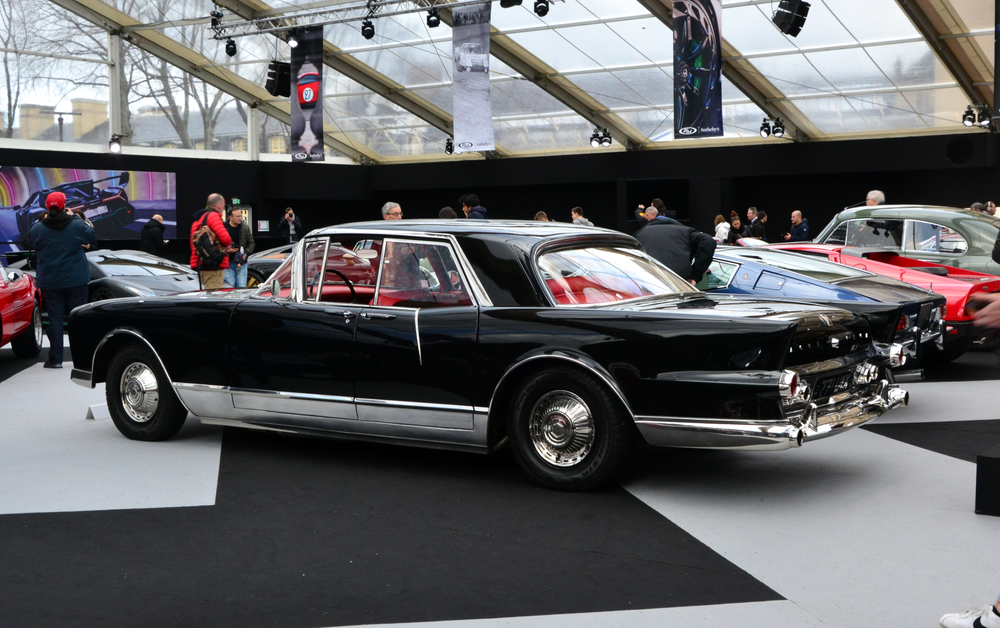
The Facel Vega Excellence was a French luxury sedan powered by a Chrysler V8 engine. Its elegant design and luxurious interior were top-notch, but the car’s hefty price and limited availability, along with the declining fortunes of the Facel Vega brand, kept it from gaining widespread popularity.
Maserati Quattroporte I (1963–1969)
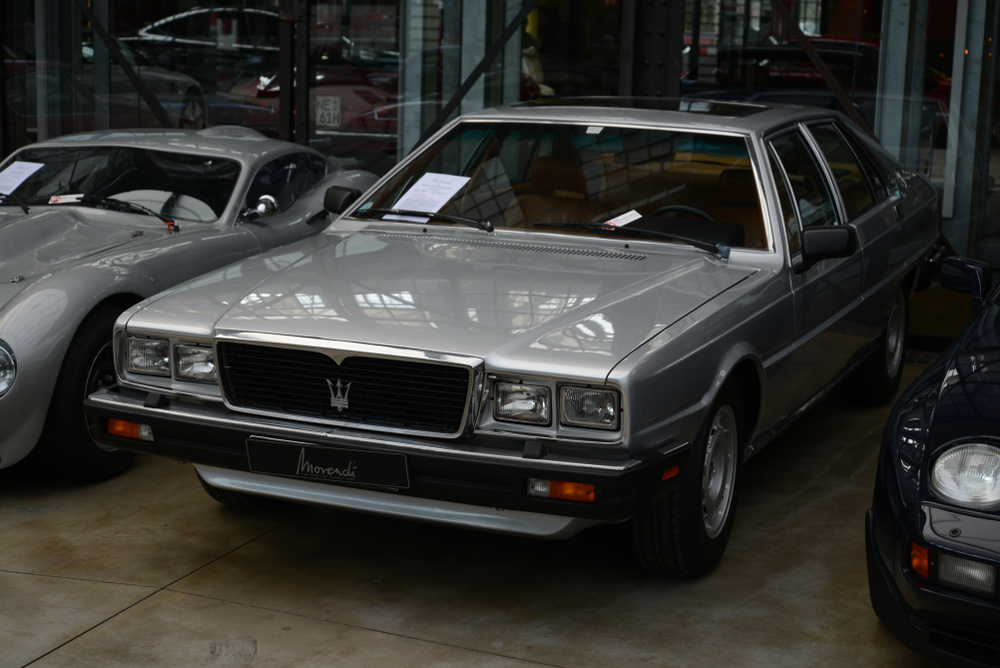
The first-generation Maserati Quattroporte was a luxurious Italian sedan powered by a V8 engine. While it offered high performance and was one of the earliest attempts at a luxury sports sedan, its build quality issues and high cost made it a tough sell outside of Italy, leaving it overshadowed by other luxury competitors.
Packard Caribbean (1953–1956)
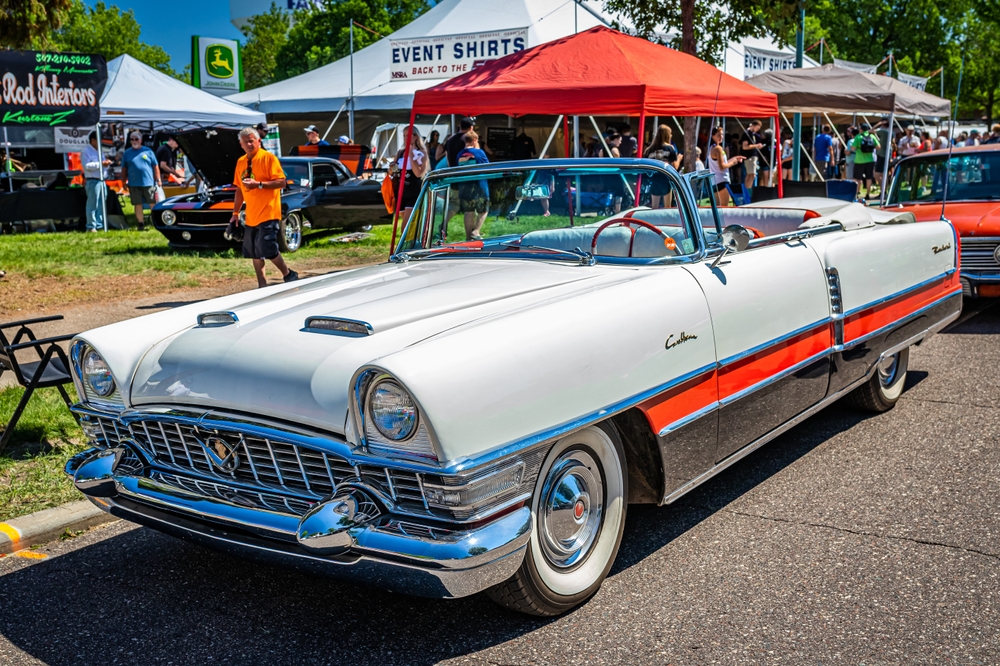
The Packard Caribbean was a stylish, high-end convertible that showcased Packard’s craftsmanship. Despite its powerful V8 engine and lavish features, the Caribbean was introduced when Packard was already in decline, leading to low sales and limited visibility in the luxury market.
BMW 503 (1956–1959)
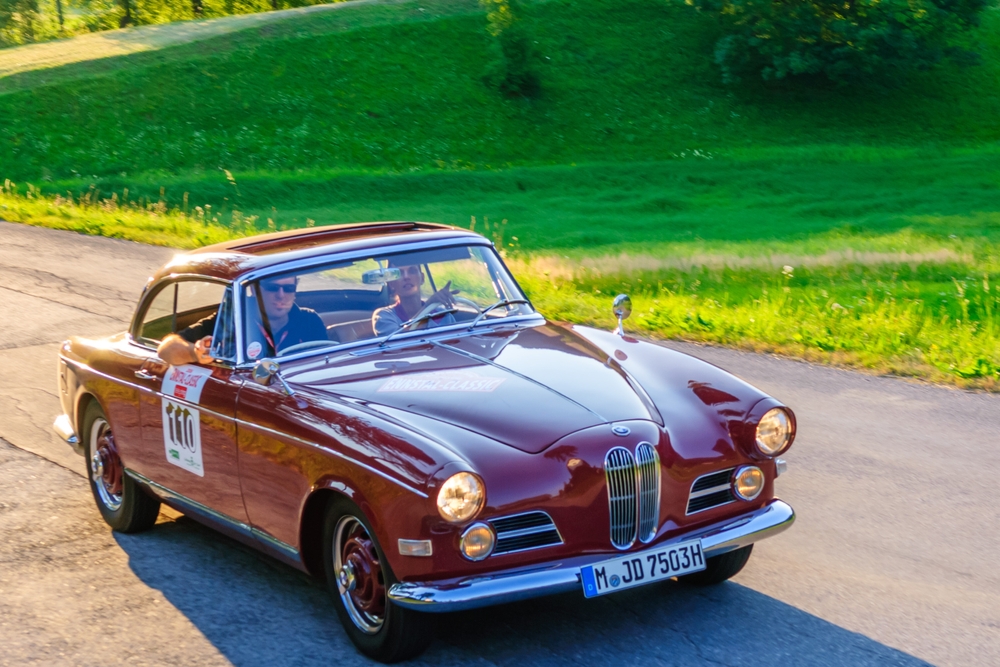
The BMW 503 was a grand touring car powered by a V8 engine and featuring an aluminum body. Despite its luxurious appointments and engineering excellence, it was expensive to produce and failed to gain significant traction in a postwar market that was wary of high-priced luxury cars.
Citroën SM (1970–1975)

The Citroën SM was an avant-garde luxury grand tourer combining Citroën’s hydraulic suspension system with a Maserati V6 engine. While it was praised for its ride comfort and advanced technology, it was expensive, and its unusual design failed to appeal to mainstream buyers.
Lancia Gamma (1976–1984)
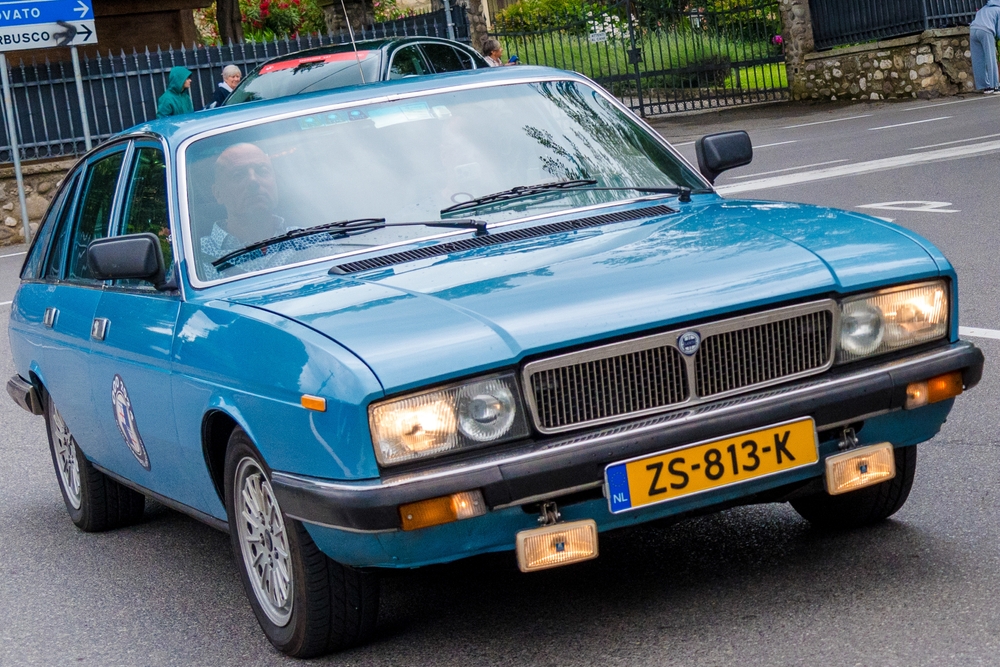
The Lancia Gamma was an executive car available in both sedan and coupe versions. Despite its comfortable ride and unique flat-four engine, the Gamma was hampered by reliability issues and Lancia’s diminishing reputation, leading to poor sales and a lack of mainstream appeal.
Mercury Marauder (1969–1970)
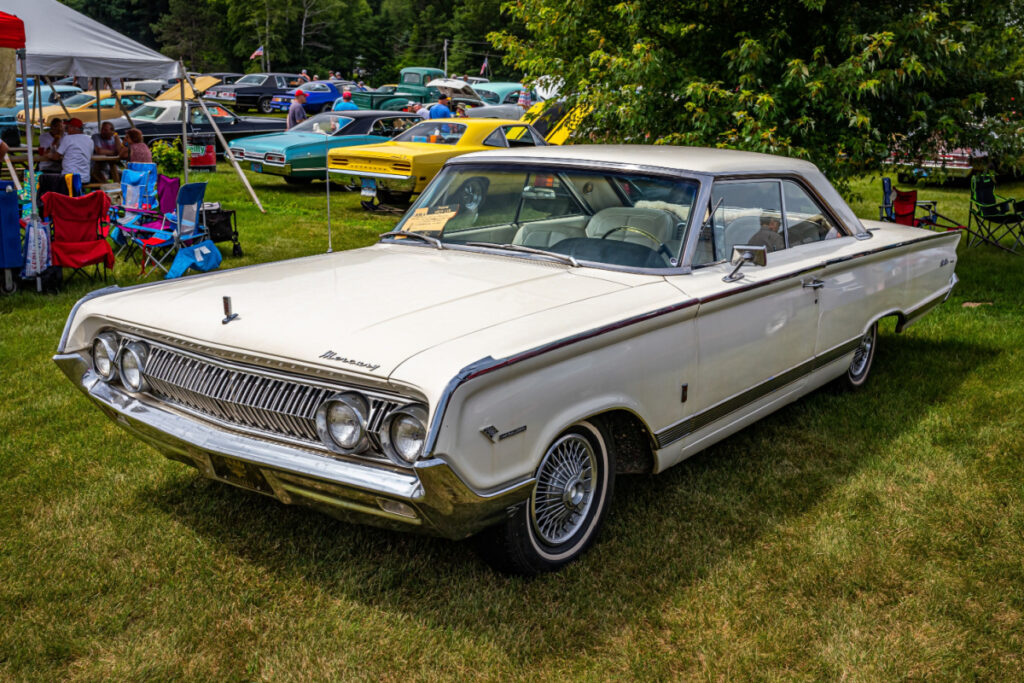
The Mercury Marauder was a full-sized luxury car with a powerful V8 engine aimed at combining performance with comfort. However, its short production run, coupled with the fact that it didn’t stand out much from Ford’s other offerings, led to limited success in the luxury market.
Iso Rivolta Lele (1969–1974)
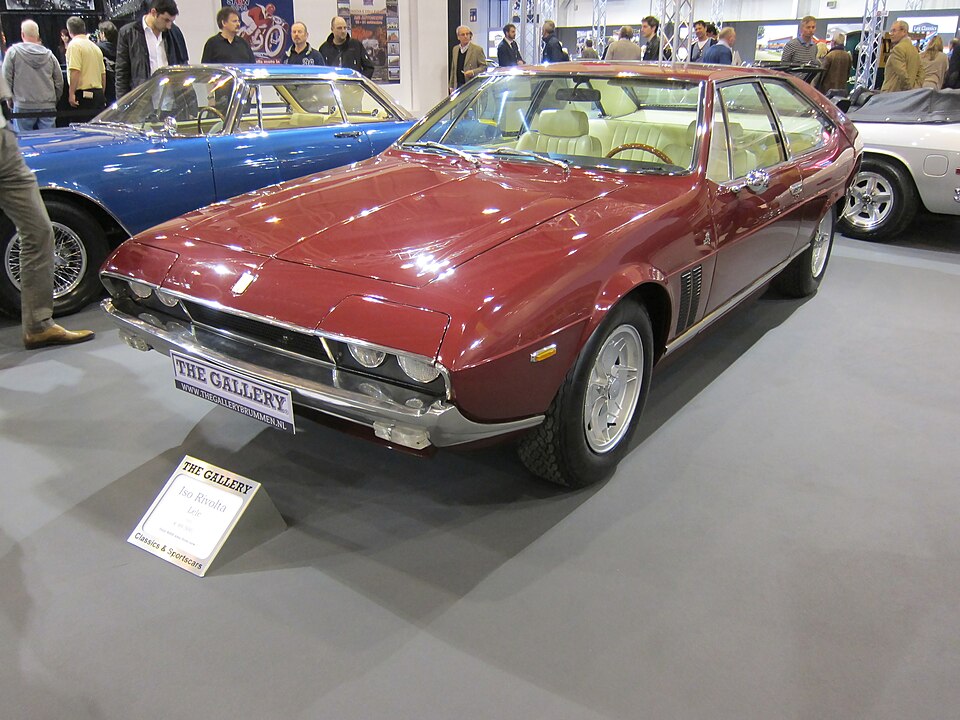
The Iso Rivolta Lele was a luxury sports coupe powered by a Chevrolet V8 engine. Despite its stylish design and strong performance, the Lele struggled to find an audience due to its high price and competition from better-known luxury brands, leading to low production numbers.
Stutz Blackhawk (1971–1987)
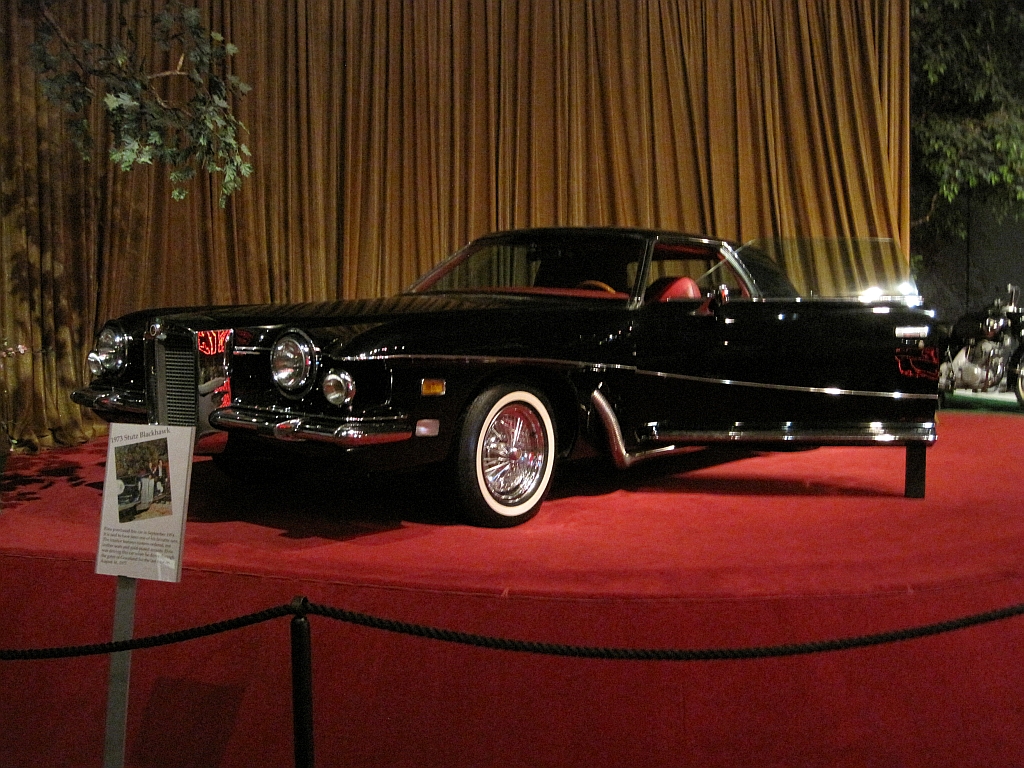
The Stutz Blackhawk was an extravagant American luxury car known for its excessive styling and celebrity clientele, including Elvis Presley. However, its enormous price tag and polarizing design limited its appeal to a niche audience, preventing it from achieving mainstream popularity.
Cadillac Seville (1975–1985)

The Cadillac Seville was a smaller, more fuel-efficient luxury sedan introduced in response to the oil crisis. While it featured a distinctive angular design and advanced technology, such as electronic fuel injection, its smaller size was seen as less prestigious, and it struggled to compete with larger luxury cars.
Lagonda Rapide (1961–1964)
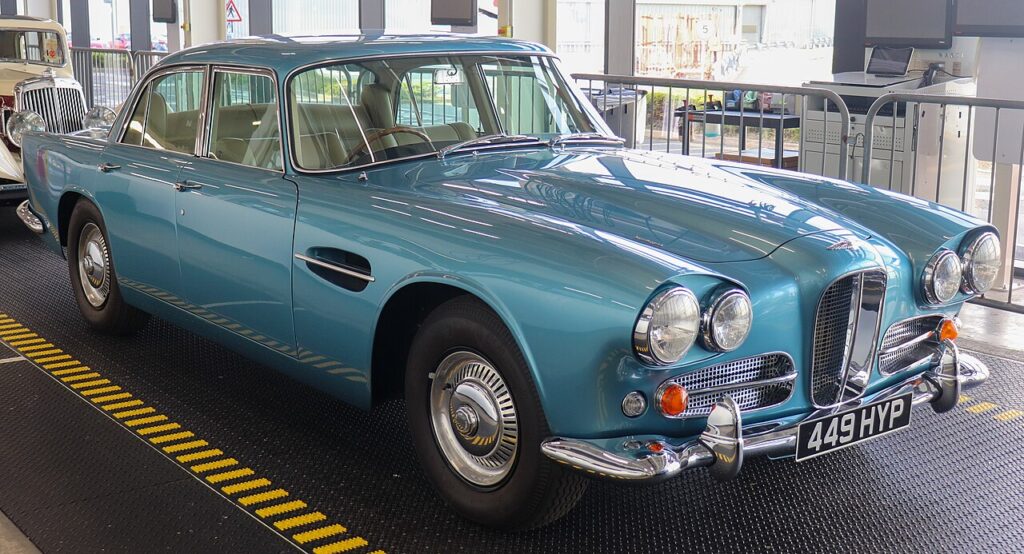
The Lagonda Rapide was a four-door luxury sedan with an Aston Martin engine. Its elegant design and powerful V12 engine made it a high-performance vehicle, but its steep price and the declining fortunes of the Lagonda brand meant that only 55 units were produced, leaving it largely forgotten.
Mercedes-Benz 600 (1963–1981)
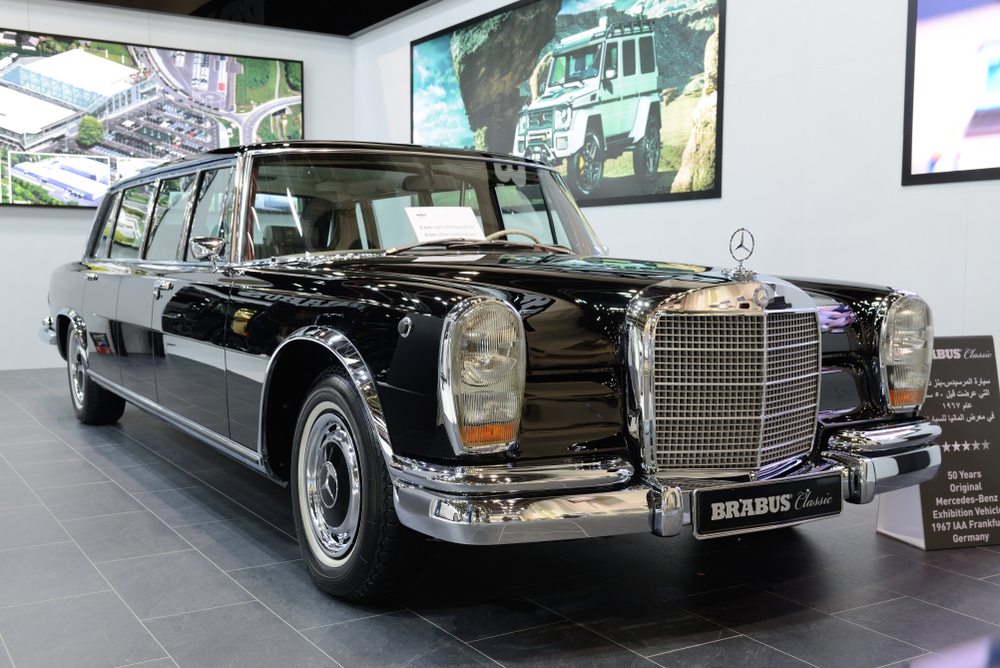
The Mercedes-Benz 600 was a luxury limousine often used by heads of state and celebrities. Despite its advanced features, including air suspension and hydraulic systems, its sheer size, complexity, and high cost made it impractical for most buyers, leading to limited commercial success.
Jensen Interceptor (1966–1976)

The Jensen Interceptor was a British luxury grand tourer with a Chrysler V8 engine. Known for its distinctive wraparound rear window, the car offered excellent performance but was plagued by build quality issues and high running costs, which kept it from achieving mass-market success.
Ferrari 400i (1979–1985)
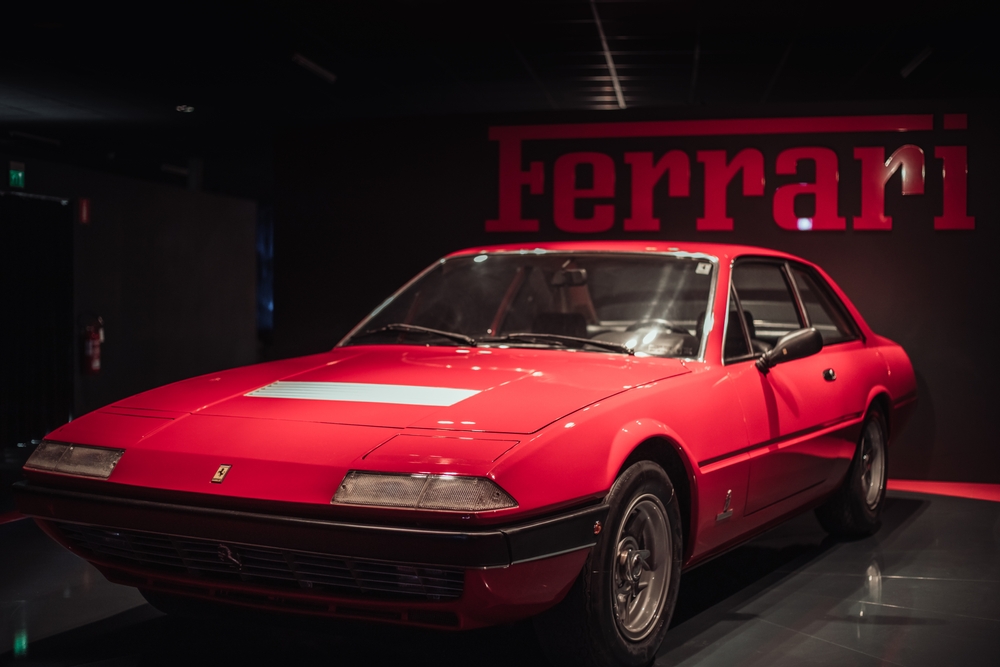
The Ferrari 400i was a luxurious grand tourer powered by a V12 engine, designed for comfort and long-distance travel. However, its conservative styling and automatic transmission turned off many Ferrari purists, and it remained one of the least popular models in Ferrari’s lineup.
Volvo 262C Bertone Coupe (1977–1981)
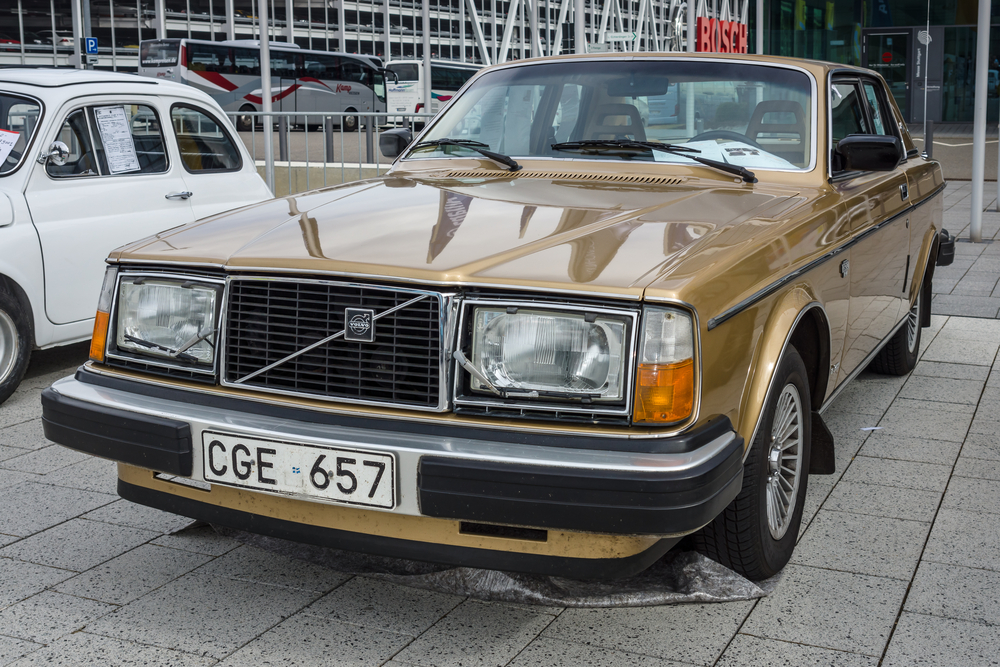
The Volvo 262C was a luxury coupe designed by Italian coachbuilder Bertone. While it featured a unique roofline and a plush leather interior, its boxy design and relatively high price tag didn’t appeal to the typical luxury car buyer, leading to low production numbers and a limited following.
This article originally appeared in MyCarMakesNoise.
More from MyCarMakesNoise
15 Modest Trucks That Pack Serious Towing Strength

When it comes to towing, not all trucks need to be hulking giants to get the job done. Many modest-sized trucks offer impressive towing capacities, combining power, efficiency, and practicality. Read More
The Untold Histories of 15 Iconic Trains Around the World

Trains have long captured our imaginations with their journeys across picturesque landscapes and bustling cities. But beyond their familiar routes and iconic names, some trains carry fascinating, hidden stories. From espionage missions to secret royal travels, these lesser-known tales add a layer of intrigue to the world’s most famous trains. Read More
15 Rare Porsche Classics You’ll Have a Hard Time Finding

Porsche has a rich history of producing iconic sports cars, many of which have become highly sought-after classics. This list explores 15 of the rarest Porsche models ever made, each with its unique story and undeniable appeal. Read More



